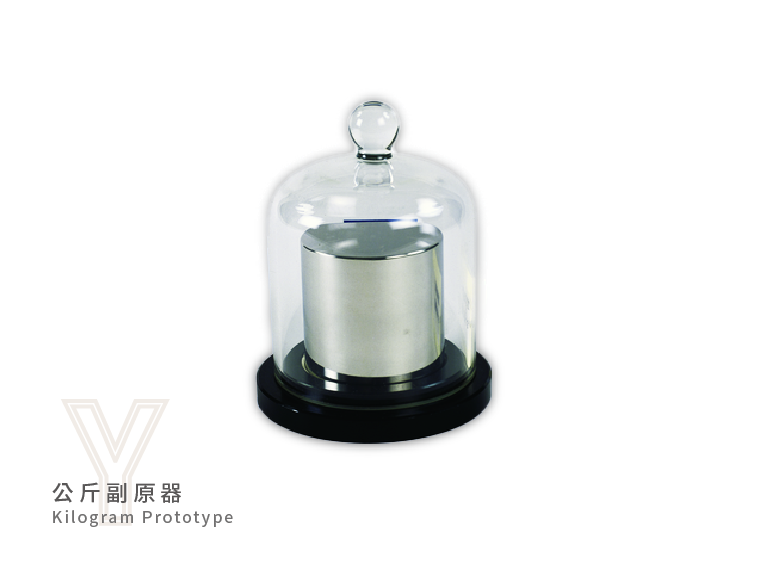公斤副原器

一八四O年後,世界各國對於公制之採用日漸增加,一八六九年法政府撥款設立度量衡製造局預備製造,劃分原器及各國應用之副原器。「公斤副原器」是公制重量單位的標準器,以確保重量單位得到正確的衡量。由9:1的鉑及銥組成,抗腐蝕、高密度、導電(減少靜電附著)、堅硬等特性,減少測量誤差,長期保存。為降低灰塵附著減少表面積而做成圓柱狀。
After 1840, the adoption of the metric system increased worldwide. In 1869, the French government allocated funds to establish a bureau for the manufacture of weights and measures, preparing to produce prototypes and standard copies for use in various countries. The “Kilogram Prototype” is the standard for the metric weight unit, ensuring accurate measurement of weight. It is composed of platinum and iridium in a 9:1 ratio, possessing characteristics such as corrosion resistance, high density, conductivity (to reduce static electricity adhesion), and hardness, which help minimize measurement errors and ensure long-term preservation. Its cylindrical shape is designed to reduce dust adhesion and minimize surface area.
